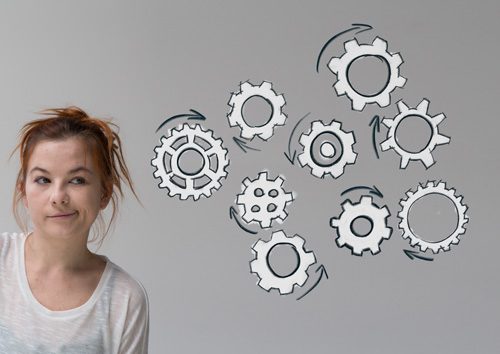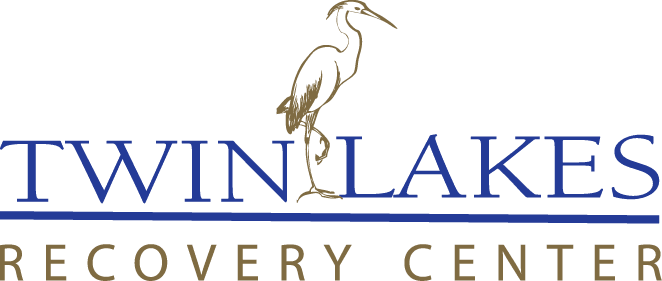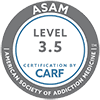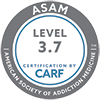 We often fear what we don’t know.
We often fear what we don’t know.
If you or someone you love struggles with drug or alcohol addiction, we’d like to present a two-part overview of how the rehab process often works so you understand what to expect and can use this knowledge to decide what type of rehabilitation is necessary for regaining health.
The most current research addresses alcohol and drug addiction as a brain disease. The National Institute on Drug Abuse uses this definition: “Addiction is defined as a chronic, relapsing disorder characterized by compulsive drug seeking, continued use despite harmful consequences, and long-lasting changes in the brain. It is considered both a complex brain disorder and a mental illness. Addiction is the most severe form of a full spectrum of substance use disorders, and is a medical illness caused by repeated misuse of a substance or substances.”
This disease, like many chronic health conditions, may not be curable, but can successfully be managed with the right treatment and aftercare tools.
It’s critical to remember that each individual requires specialized treatment. This overview allows for you to understand what steps clinical professionals may deem necessary depending on a number of factors including, but not limited to:
- Type of substances used
- Duration and intensity of substance abuse
- Current state of health and health history
- Presence of co-occurring conditions, such as mental health disorders or chronic physical health challenges
- Catalyst for entering treatment, such as voluntary awareness, court-ordered rehabilitation, or overdose
- Persistent suicidal thoughts or attempts
Chemical dependency treatment programs often provide people with the ability to:
- Understand the root causes for addiction, become substance-free, and develop methods to prevent relapse
- Work through issues using methods presented in family, group, and individual therapy, as well as other coping techniques
- Determine, with advisement from care providers, levels of care and length of inpatient rehabilitation, ranging from 30-to-90 days
- Decide extent of outpatient care both during and post-treatment
Assessing the Need and Admittance
To other people, it may be crystal clear that someone they love has an addiction problem. To the individual, maybe not as much: it’s totally situational. It depends on the level of clarity that person has about dangers of substance abuse and how his or her behavior, cognitive ability, lifestyle, health, relationships, employment, finances, and daily care are affected by using.
A diagnosis of addiction requires a complete evaluation by a medical professional: usually a licensed drug or alcohol counselor, psychologist, or psychiatrist. General practitioners and internists may also be involved. The criteria for diagnosis are established by most recent version, DSM-5, of the Diagnostic and Statistical Manual of Mental Disorders, which is published by the American Psychiatric Association.
The medical professional may require lab tests such as urine and blood samples and other identifiers to determine the presence of substances, but these aren’t diagnostic tools for addiction. However, lab testing may be used for future monitoring during treatment and later, recovery.
Often the assessment acknowledging addiction may be a precursor to choosing treatment. It may also be the first stage after entering a rehab facility conducted by qualified personnel.
Each facility should provide ample details regarding the admissions process. When going through the admission process, a new resident will receive guidance on:
- The features of the facility, length of stay, and processes that may address specific concerns
- Costs for treatment and methods of payment, including insurance
- Procedural factors, such as visitors, rules, and what to bring and what to leave behind
Medical Detoxification
Substance abuse changes your physiology, sometimes in drastic ways. This imbalance makes it more difficult to attain clarity. There are numerous medical conditions caused by chemical toxins, including a lack of executive brain function, continual cravings, altered behaviors, disrupted sleep and appetite receptors, and other serious conditions such as organ damage, liver failure, pancreatitis, heart disease, and stroke.
If someone requires alcohol or drugs simply to function each day, he or she probably has an acute mental and physical chemical dependency. Consequently, the first stage of rehabilitation treatment will likely be medical detoxification, especially if an individual has one or more of these factors:
- A long history of excessive abuse
- Relapse from previous rehabilitation
- Evidence of mixed substance abuse, such as opiates and alcohol
- An unmanaged chronic health condition, such as diabetes or high blood pressure
- A co-occurring mental health condition, such as PTSD, depression, or anxiety
- A serious and immediately life-threatening illness
While detoxification sounds frightening because of how it’s depicted in entertainment, it’s a professionally-monitored medical process in a safe and controlled environment. There’s a possibility that assistive medication will also be administered throughout the process.
Review this article about addiction detox for more details about the physical withdrawal process and what you can expect. Under no circumstances should someone attempt to detox from substance use without proper medical supervision.
Often people have the belief that detox is the only thing that a treatment facility is for, but this isn’t the case. The initial consultation is when a facility’s clinical staff will establish the foundation for full recovery, which includes components such as counseling, support network programs, and other techniques. This is often outlined in what’s called a continuum of care plan.
We’ll cover more about continued aspects of rehab in our second installment.



